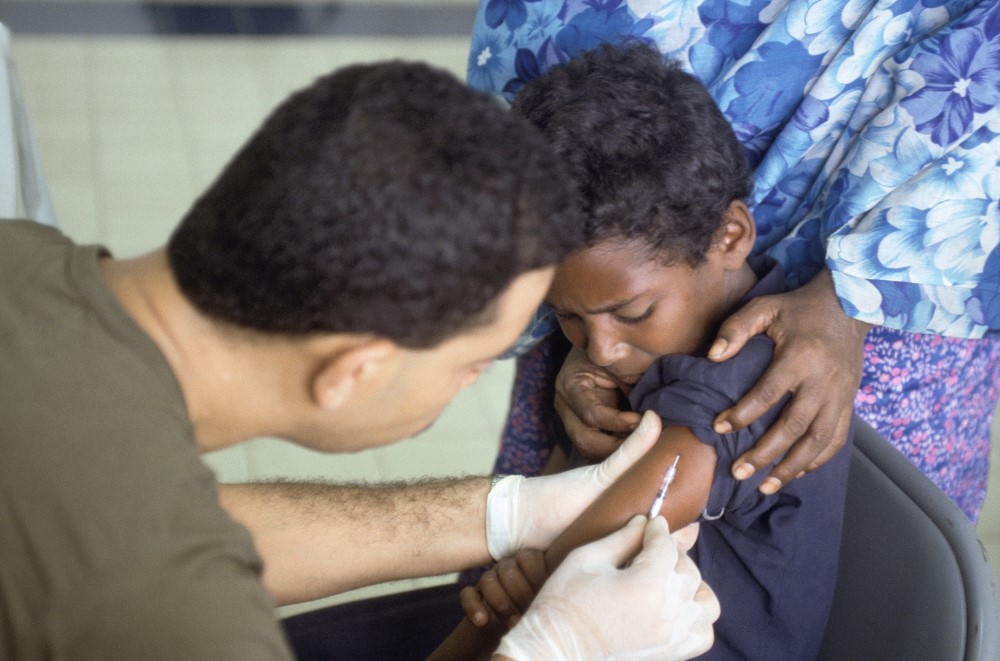
Global childhood vaccination coverage holds steady, yet over 14 million infants remain unvaccinated
On Jul. 15, 2025, in 2024, 89% of infants globally – about 115 million – received at least one dose of the diphtheria, tetanus and pertussis (DTP)-containing vaccine, and 85% — roughly 109 million – completed all three doses, according to new national immunization coverage data released today by the World Health Organization (WHO) and UNICEF.
Compared to 2023, around 171 000 more children received at least one vaccine, and one million more completed the full three-dose DTP series. While the gains are modest, they signal continued progress by countries working to protect children, even amid growing challenges.
Still, nearly 20 million infants missed at least one dose of DTP-containing vaccine last year. This includes 14.3 million “zero-dose” children who never received a single dose of any vaccine – 4 million more than the 2024 target needed to stay on track with Immunization Agenda 2030 goals, and 1.4 million more than in 2019, the baseline year for measuring progress.
Children often remain un- or under-vaccinated due to a combination of factors, such as limited access to immunization services, disrupted supply, conflict and instability, or misinformation about vaccines.
Since 2019, data from 195 countries show that 131 countries have consistently reached at least 90% of children with the first dose of DTP, but there has been no significant movement in expanding this group. Among the countries that reached less than 90% in 2019, only 17 managed to increase their coverage rates in the past five years. Meanwhile, in 47 countries, progress is stalling or worsening. This includes 22 countries that achieved and surpassed the 90% target in 2019 but have since declined.
The data shows conflict and humanitarian crises can quickly erode vaccination progress. A quarter of the world’s infants live in just 26 countries affected by fragility, conflict, or humanitarian crises, yet they make up half of all unvaccinated children globally. Concerningly, in half of these countries the number of unvaccinated children has expanded rapidly from 3.6 million in 2019 to 5.4 million in 2024, underscoring the need for humanitarian responses to include immunization.
Immunization coverage in the 57 low-income countries supported by Gavi, the Vaccine Alliance have improved in the past year, with a reduction of roughly 600 000 un- and under-vaccinated children. While Gavi-supported countries are protecting more children against more diseases than ever before, significant challenges persist due to conflicts and population growth. At the same time, signs of slippage are emerging in upper-middle- and high-income countries that have previously maintained at least 90% coverage. Even small declines in immunization coverage can dramatically raise the risk of disease outbreaks and place additional strain on already overstretched health systems.
Tags:
Source: reliefweb
Credit:
